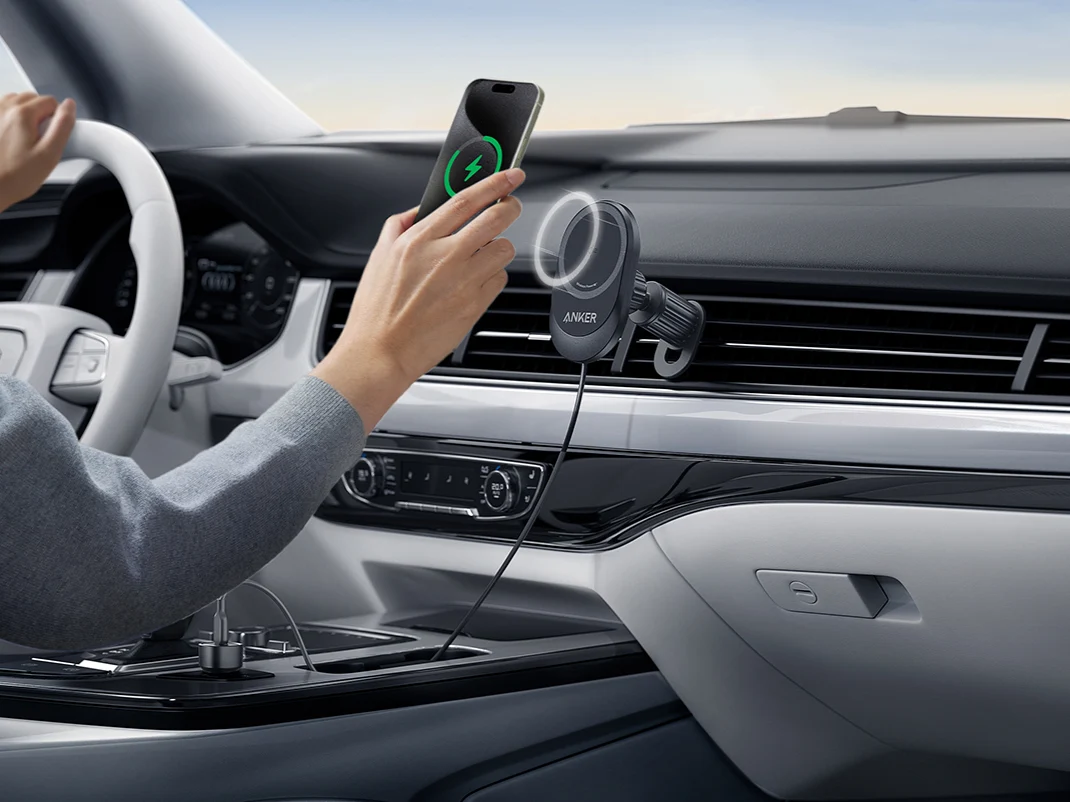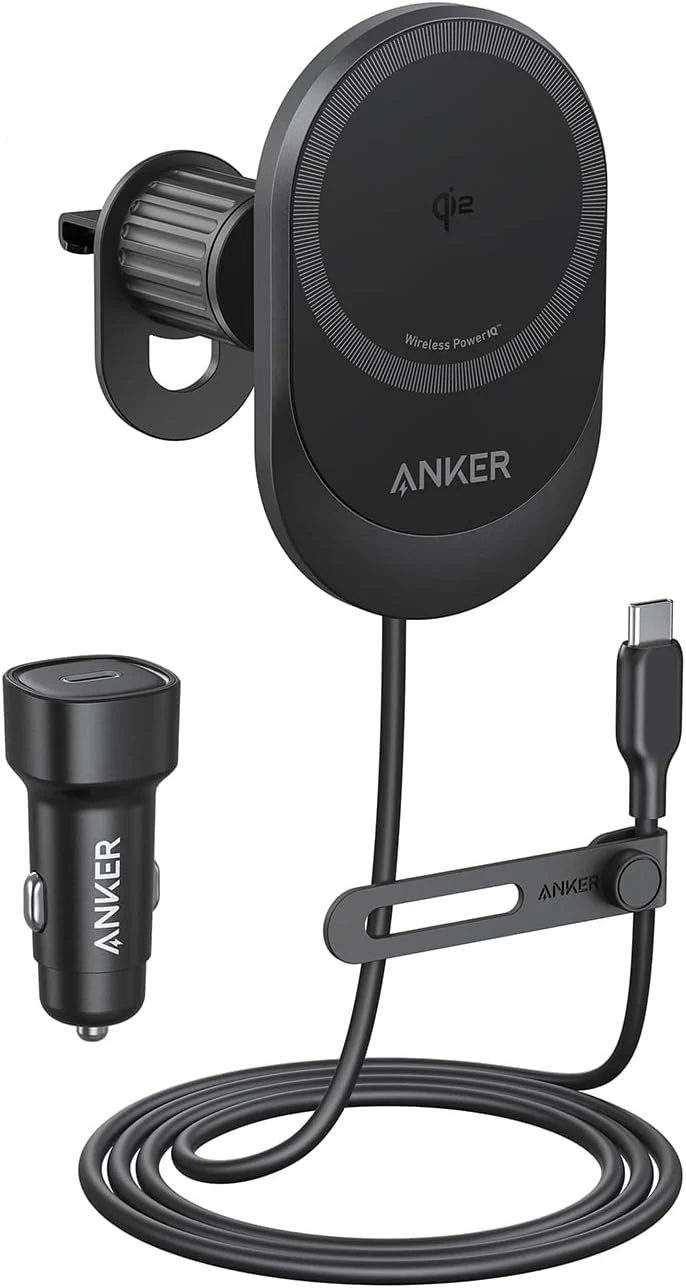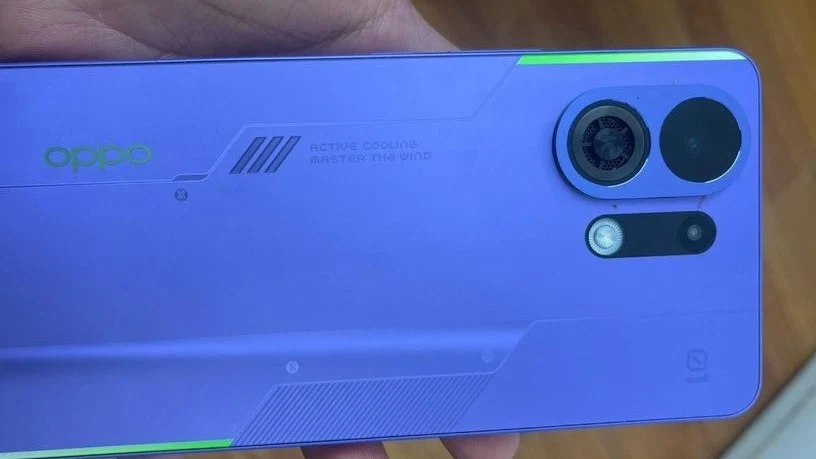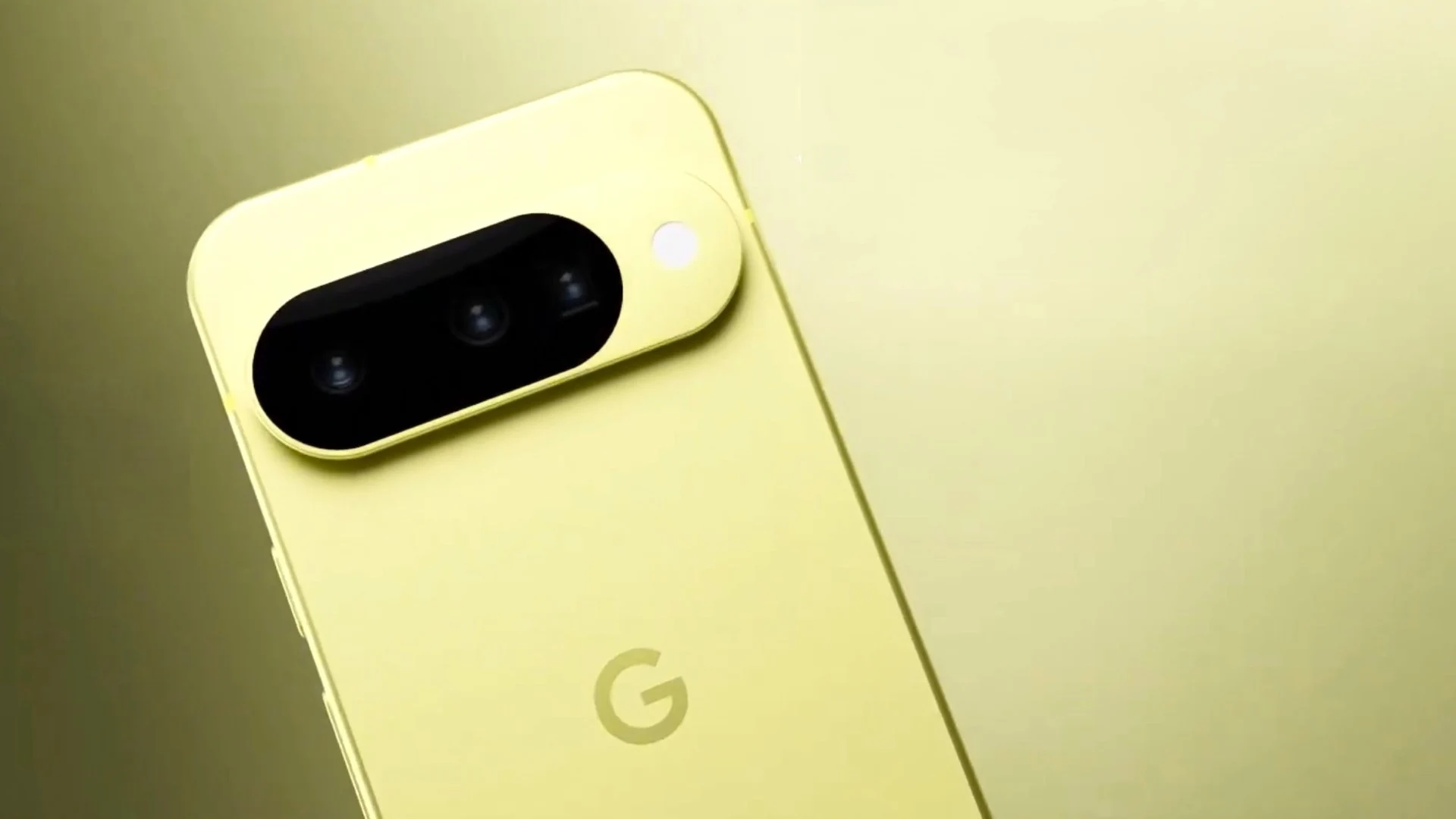Key Takeaways
1. Samsung will not release the Galaxy A55 5G in the US, continuing with the trend seen with the Galaxy A54 5G.
2. A report indicates that Samsung is developing firmware for the US variant of the Galaxy A56 5G, model number ‘SM-A566U1’.
3. There is no official release date for the Galaxy A56 5G, but it will face strong competition upon launch.
4. The expected starting price for the Galaxy A56 5G is around $499.99, competing with similar models like the Pixel 9a and Nothing Phone (3a) Pro.
5. Samsung plans to attract buyers through launch discounts and pre-order incentives for the Galaxy A56 5G.
The Galaxy A54 5G was the final model in the Galaxy A5x series available in the US, and even though it did well, Samsung decided against releasing the Galaxy A55 5G there. It appears this trend continues with the Galaxy A56 5G, especially since models like the Galaxy A16 5G, Galaxy A26 5G, and Galaxy A36 5G are on sale in the US. However, a new report suggests that the Galaxy A56 might see an official launch in the US in the future.
Development of the Firmware
A report from GSMArena, quoting anonymous sources, indicates that Samsung has started working on firmware for the US variant of the Galaxy A56. This version is said to carry the model number ‘SM-A566U1’. Unfortunately, there’s no details regarding when the smartphone will be officially revealed. Regardless of the announcement timing, the Galaxy A56 will encounter stiff competition upon its release.
Pricing Expectations
The Galaxy A36 is priced at $399.99, so it is anticipated that the Galaxy A56 5G will have a starting price of no less than $499.99. At this price point, it will have to compete with products like the Pixel 9a, which also starts at $499 but currently sells for $449 on Amazon. Additionally, the Nothing Phone (3a) Pro is available for direct purchase from Nothing at $459.
Strategies to Attract Buyers
It is hoped that Samsung can attract customers by offering a mix of launch discounts and pre-order incentives that will make the Galaxy A56 appealing to potential buyers.
Source:
Link














